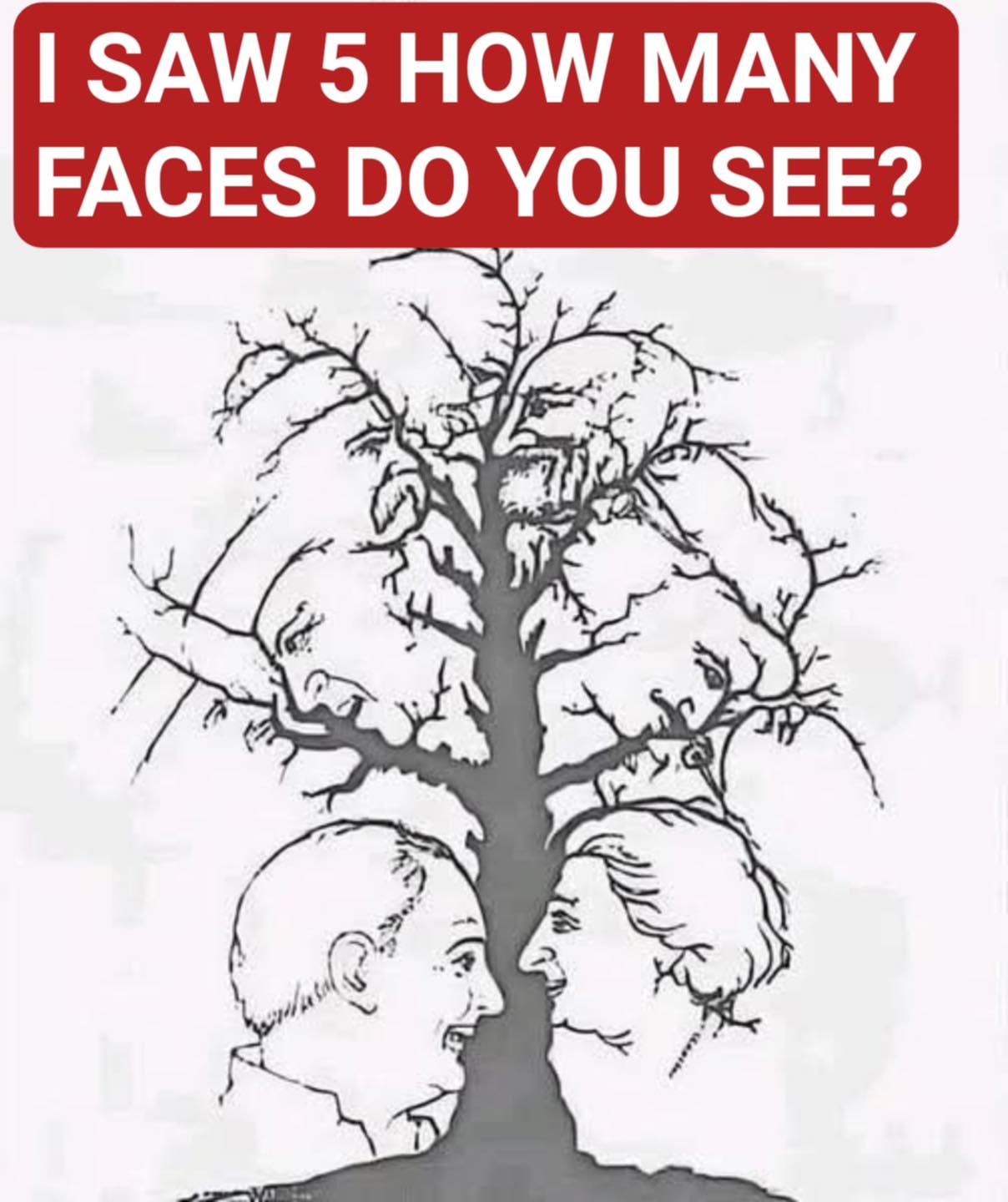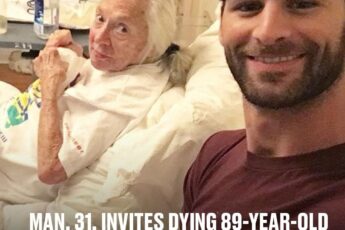I applaud you if you’re among the people who adore using optical illusions to tease and challenge their brains. There’s something undeniably entertaining about staring at an image that looks ordinary at first glance, only to realize that there’s a hidden trick lurking inside. Some people have a natural knack for it—they can quickly spot what others miss and feel a burst of satisfaction when the illusion finally reveals itself.
Personally, I have no hope for them. My grandmother once got me a book called “Train Your Brain” for my sixth birthday, and while it was a thoughtful gift, it gathered dust on my shelf for nearly a decade. I was too easily frustrated by riddles and puzzles, the kinds that seemed obvious once explained but were impenetrable when I tried them on my own. By the time I turned sixteen and finally gave the book a proper look, I found that half the brainteasers were still well beyond my comprehension. The clever twists and hidden clues that others seemed to grasp so easily left me feeling like I had missed an essential part of the puzzle-solving gene.
Despite my personal struggles, I can’t deny that illusions and brainteasers have become incredibly popular on the internet. They seem to pop up everywhere—on social media feeds, in group chats, even in workplace Slack channels where colleagues challenge each other during breaks. People all over the world love testing their perception, sharing images that ask you to “spot the hidden animal” or “find the missing object” in a sea of distractions. These little challenges create moments of playful competition and spark debates about who has the sharpest eyes or the quickest mind.
In light of that, I thought it would be fun to share one I recently came across. This particular illusion has been circulating online, and it’s called the “National Leaders Tree.” The premise is simple: hidden within the branches and trunk of a tree are multiple human faces. The challenge is to count as many as you can find. At first glance, the task seems straightforward. You look at the tree, you notice two faces right at the base, and you think, “Well, that was easy.” But then, as your eyes adjust and you look more carefully, you start to realize that the outlines of leaves, the curves of branches, and the textures of bark all conceal other faces. That’s when the real fun—and the frustration—begins.

For me, it was maddening. I squinted, leaned closer to the screen, tilted my head, even tried zooming in on my phone. No matter what I did, I struggled to see beyond the most obvious features. Meanwhile, other people online were claiming to see face after face, boasting that they had found ten or even twelve. I couldn’t help but laugh at myself because I know my eyes aren’t the sharpest, but it felt like trying to solve one of those riddles from my childhood book all over again.
The two faces at the base of the tree really are unmistakable, though. Anyone with functioning eyesight can spot them. They’re bold and clearly drawn, practically inviting you to notice them. But beyond those, things get trickier. Some faces are faintly etched into the bark, others cleverly hidden in the shadows of branches, and a few are so subtle that you start questioning whether you’re imagining them. I found myself asking, “Is that really a face or just a random cluster of lines?” It became a battle between my brain’s desire to recognize patterns and my uncertainty about whether I was forcing something that wasn’t there.
What makes this puzzle especially fascinating is the claim that the number of faces you spot supposedly says something about your memory. According to the explanation attached to the photo, finding only two to four faces might suggest some form of memory impairment. That sounds a little dramatic, but the idea is that people with sharper memory and focus are better at identifying hidden details. If you manage to spot five or six, you’re doing better, though the puzzle suggests this may still put you at some risk of conditions like dementia or Alzheimer’s later in life. Seven or eight faces mean your memory is average—you’re not exceptionally sharp, but you’re not in trouble either. And if you see nine or more, congratulations: you apparently have outstanding memory and facial recognition abilities.
Of course, I take these claims with a grain of salt. A single optical illusion on the internet is hardly a diagnostic tool, and your ability to see faces in a tree drawing doesn’t define your cognitive health. Still, it’s fun to imagine that the game has a deeper meaning, and it certainly makes people more invested in the challenge. Suddenly, you’re not just trying to beat your friends in spotting the most faces—you’re also proving to yourself that your memory is still sharp. That competitive edge keeps the image circulating online, with people eagerly sharing their results and daring others to give it a try.
What’s especially amusing is the emotional rollercoaster these puzzles can create. At first, you feel confident because the obvious faces jump out immediately. Then frustration sets in when you realize you can’t find any more, and you wonder if you’re missing something simple. If you manage to uncover another face or two, there’s a rush of triumph—like you’ve cracked a secret code. And when you see the solution later, with all the hidden faces highlighted, you either feel satisfied that you found most of them or annoyed at how you missed the ones that seemed so clear in hindsight.
I have to admit, even though I don’t excel at these challenges, I still enjoy them for the shared experience they create. They remind me of sitting around with friends, passing a phone back and forth, laughing at each other’s guesses, and debating whether a faint outline really counts as a face. It’s less about proving your memory and more about connecting with others through a playful test of perception.

So, how many faces can you spot in the “National Leaders Tree”? Are you one of those people with eagle eyes who can find them all, or are you more like me, stuck at the obvious ones and scratching your head in frustration? Either way, it’s worth giving it a try. Look closely, take your time, and see what your eyes and brain can uncover together. And if you end up feeling irritated by the trickery of the image, you’re not alone. Just remember, the fun lies not only in solving the puzzle but in the laughter, the competition, and the conversations that come afterward.
How many well-known faces did you identify in the photo? Whatever your number, share it proudly. After all, in the world of optical illusions, the real win is in the joy of trying.






